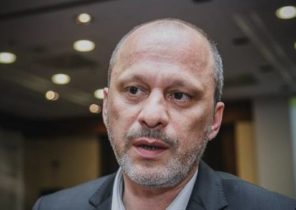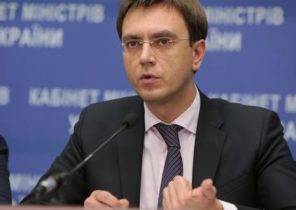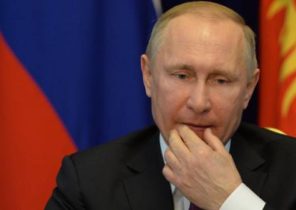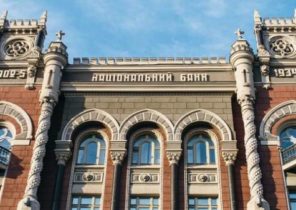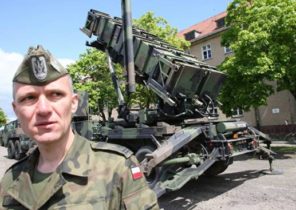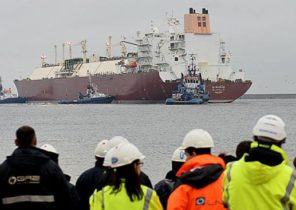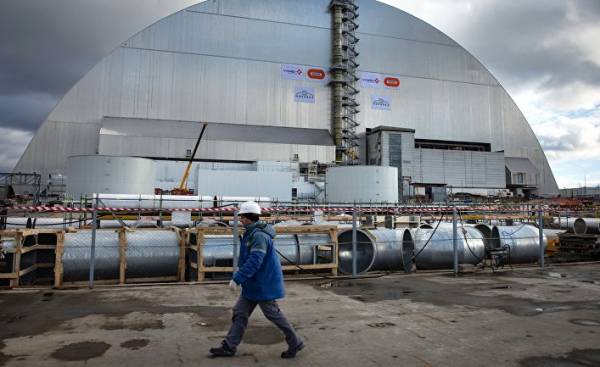
On 26 April 1986, reactor No. 4 of Chernobyl nuclear power plant explosion that caused the largest crash in the history of the peaceful atom. 31 years later, the nuclear threat in the Ukraine is still a cause for great concern, says Michelle Chua (Michel Chouha), an expert on Eastern Europe from the French Institute for radiological protection and nuclear safety.
Le Monde: At the end of 2016, many media wrote about the appearance on the affected reactor giant dome that is supposed to ensure its isolation for 100 years. Now the situation is under control?
Michelle Chua: New dome represents a very significant progress in ensuring the safety of the old sarcophagus and the plant as a whole. However, to exaggerate its significance is still not worth it. Its construction served three purposes: to protect the old sarcophagus from climate impacts, prevent further damage, to prevent the dispersion contained inside the radioactive substances in the environment to create optimal conditions for the dismantling and removal of all radioactive materials.
The last objective is, without a doubt, the most important. The ultimate challenge is to ultimately make Chernobyl “environmental”. Indiscriminately the old sarcophagus and export inside him radioactive materials to achieve this will not work, and the dome will not perform its tasks. It is certainly an important step, but the most important thing remains to be done. And should start as soon as possible. The dome was built for a 100 years, however, this does not mean that we can wait 100 years. As the old sarcophagus does not leave us much time to think. We must act before it is too late.
— In the affected reactor still contains a large amount of radioactive materials. Is there a plan to parse?
— At the time of the accident in the reactor core contained about 200 tons of nuclear fuel (uranium and plutonium), 90% of which is buried under the old sarcophagus, together with the ruins of the reactor building (mostly metal and concrete structures). It is also necessary to add 5 thousand tons of various materials (metal, sand, clay, boron, etc.), which within a few days after the accident trying to put out the fire and cover the reactor core.
At the moment the programme of dismantling the old sarcophagus and export of radioactive materials are still not fixed. Necessary for the implementation of technology (to a large extent will require use of robots) is also not developed to the end. Local and national Ukrainian authorities have yet to determine programmes and policies. You will then need to develop suitable tools and techniques to finally proceed to the analysis and removal of all radioactive materials. It will take at least several decades. At the moment there is not even a clearly defined strategy.
— Does Ukraine have scientific, technical and financial capabilities to finish such work?
— Ukraine is a country with great traditions in science and technology. However, existing tools cannot be compared to the magnitude of the task ahead. These require high technical skills operations have never been conducted on such a scale. For these works, Ukraine will need an international tender. It will be much more difficult long-term task than the construction of the dome, and will need cooperation with countries that manifested itself in the sphere of high technologies.
Costs will also be extremely high. It is likely that Ukraine will be unable to cope with this daunting task. Most likely, she will have to again appeal to the international community for help, as it was during the construction of the dome (1.5 billion euros): it was funded by the European Bank of reconstruction and development with support from four dozen countries, mostly European.
— Ukraine still relies on nuclear energy. In addition to Chernobyl, whose last reactor was stopped in 2000, the country has four nuclear power plants old design. The security industry is not in doubt?
— Ukraine has 15 operating reactors, which provide 50% generated in the country electricity: for this indicator, it ranks in the top five in the world. In addition, there are research reactors, storage of spent nuclear fuel and the reprocessing and storage of radioactive waste (accumulated volume is very serious). All this constitutes a source of threat, which requires unfailing vigilance to ensure the safety under any circumstances.
Political and social instability in General, are unfavorable factors. As the aggravated economic situation. In addition, Ukraine for the past three years is in a state of open conflict with Russia. This conflict entails serious damage and is particularly a critical factor in the nuclear sector. All 15 Ukrainian reactors made according to the Russian design. Conflict can isolate exploiting the Ukrainian venture from their supplier. There might be a scarcity of parts, which will affect the maintenance of the reactors. This is not to mention the difficulties with fuel supplies, which Ukraine is trying to solve with the help of foreign suppliers, with all the attendant risks.
Considering all these factors, the situation is of great concern. Moreover, the operator has decided to extend the service life of the reactors for two decades. Apparently, Ukraine is now the highest level of nuclear threat in Europe.
